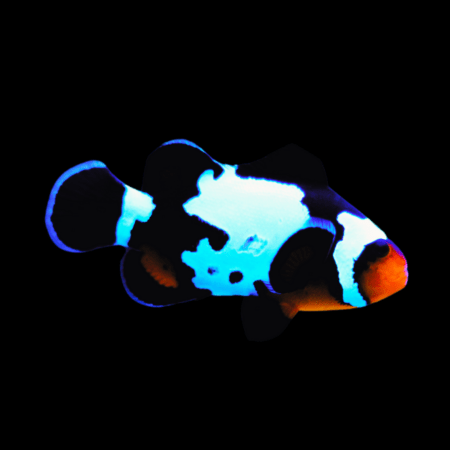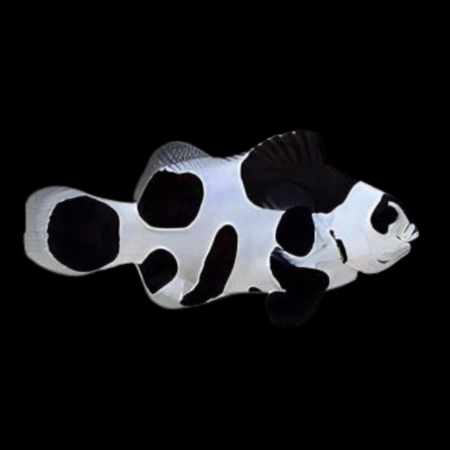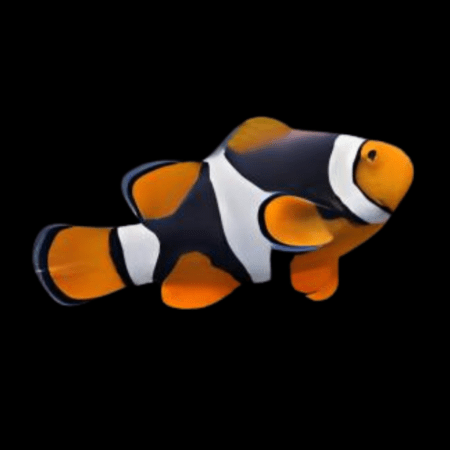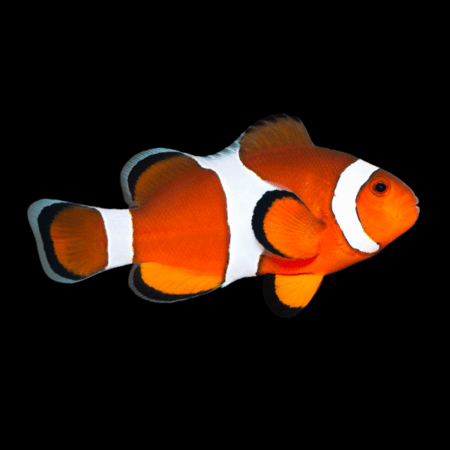Description
Yellow Band Maroon Clown Fish Premnas Biaculeatus
Overview:
The Yellow Band Maroon Clownfish is a striking and vibrant addition to any marine aquarium. Known for its deep maroon color complemented by a distinctive yellow band just behind the eye, this species adds both color and personality to the tank. The largest of all clownfish species, it can grow up to 6 inches, making a bold statement in any setup.
Origin:
Native to the Indo-Pacific region, the Yellow Band Maroon Clownfish is found in a variety of reef environments. This species is most commonly associated with the anemone Heteractis crispa, forming a symbiotic relationship that provides protection and housing.
Feeding:
Omnivorous by nature, the Yellow Band Maroon Clownfish thrives on a diet that includes both meaty foods and algae-based fare. Offer a variety of high-quality marine pellets, frozen foods like mysis shrimp and brine shrimp, and vegetable matter to ensure balanced nutrition.
Tank Mates:
While this species can be aggressive, especially towards other clownfish, careful selection of tank mates can lead to a harmonious aquarium. Compatible with a wide range of reef-safe fish and invertebrates, avoid housing with other species of clownfish or very small, timid fish that could be bullied.
Aggression:
Known for its bold demeanor, the Yellow Band Maroon Clownfish can exhibit territorial aggression, particularly when paired or during breeding. Providing ample space, hiding places, and avoiding overcrowded conditions can mitigate aggressive behavior.
Experience Level:
Due to its somewhat aggressive nature and specific care requirements, the Yellow Band Maroon Clownfish is recommended for intermediate to advanced aquarists. Familiarity with maintaining stable water parameters and managing fish behavior is advantageous.
Water Parameters:
- Temperature: 74-82°F (23-28°C)
- Salinity: 1.020-1.026 specific gravity
- pH: 8.1-8.4
Maintaining stable water conditions is crucial for the health of the Yellow Band Maroon Clownfish. Regular water changes, along with monitoring of water quality parameters, will help ensure a thriving environment for this captivating species.




